Shrinkage and Durability Evaluation of Environmental Load-Reducing FRPCM by Using Silicone Oil
Abstract
:1. Introduction
2. Experimental Program
2.1. Outline of Experiment
2.2. Experiment Method
3. Experiment Result and Discussion
3.1. Study on the Effect of Silicone Oil on the Performance of Environmental-Load-Eeducing FRPCM (Series I)
3.1.1. Fresh Property and Strength Characteristics
3.1.2. Shrinkage and Durability Properties
3.2. Investigation of Silicone oil Effect as a Replacement of Expansive Additive and Shrinkage Reducing Agent (Series II)
3.2.1. Fresh Property and Strength Characteristics
3.2.2. Shrinkage Properties
4. Conclusions
- (1)
- A shrinkage reduction effect at a significant rate could be obtained as the silicone oil content increased. However, excessive addition may affect the strength and durability. Thus, approximately 3% of silicone oil content was appropriate to develop strength and maintain durability while obtaining ECO-FRPCM that had the shrinkage reduction effect.
- (2)
- The use of silicone oil as a replacement of expansive additive or shrinkage-reducing agent used in ECO-FRPCM was effective in terms of shrinkage reduction. In particular, equivalent or better shrinkage-reducing effect could be obtained by combining both silicone oil and expansive additive, or by combining silicone oil, expansive additive, and shrinkage-reducing agent.
- (3)
- When silicone oil and the shrinkage reducing agent were combined, the inherent shrinkage-reduction effects of each were difficult to distinguish. This may affect each of the shrinkage-reducing mechanisms, such as alleviating not only the water-repellent property of silicone oil, but also moisture travel inside the pores of the hardened body and changes in surface tension, resulting in inefficient shrinkage reduction. However, this finding requires additional study in the future.
Author Contributions
Funding
Conflicts of Interest
References
- KCI. Korea Structural Concrete Design Code; Korea Concrete Institute: Seoul, Korea, 2012. [Google Scholar]
- AIJ. Recommendations for Practice of Crack Control in Reinforced Concrete Buildings (Design and Construction); Architectural Institute of Japan: Tokyo, Japan, 2006. [Google Scholar]
- JCI. Research Committee Report on Shrinkage of Concrete; Japan Concrete Institute: Tokyo, Japan, 2010. [Google Scholar]
- Kwon, M.H.; Jung, W.Y.; Seo, H.S. The Flexural Strength of Fiber-Reinforced Polymer Cement Mortars Using UM Resin. Int. Sch. Sci. Res. Innovation. 2014, 8, 127–130. [Google Scholar]
- Chen, W.D.; Zhong, S.Y. Influences of Processing and Testing Conditions on Flexural Behavior of Fiber-Reinforced Polymer-Modified Cement Mortar. Adv. Mater. Res. 2013, 687, 502–507. [Google Scholar] [CrossRef]
- Deepak, H.; Joy, S.; Vasugi, V. Repair Mortar for Structural Sustainability. Indian J. Sci. Technol. 2016, 9, 1–7. [Google Scholar] [CrossRef]
- Hasegawa, R.; Kawamura, K.; Choi, H.G.; Hama, Y. Influence of Frost Damage on Tensile Properties of Premixed Fiber Reinforced Polymer Cement Mortar. Proc. Concr. Struct. Scenar. JSMS 2017, 17, 419–424. [Google Scholar]
- Kawamura, K.; Hasegawa, R.; Choi, H.G.; Hama, Y. Setting Shrinkage Properties of Urea-Mixed Fiber Reinforced Polymer Cement Mortar (FRPCM). Summ. Tech. Pap. Annu. Meet. 2017, A-1, 229–230. [Google Scholar]
- AIJ. Recommendation for Practice of Concrete with Portland Cement and Ground Granulated Blast-Furnace Slag; Architectural Institute of Japan: Tokyo, Japan, 2001. [Google Scholar]
- Saito, K.; Koyama, A.; Kikuchi, M. Study on Effect of Silicone Oil on Durability of Concrete; Architectural Institute of Japan (AIJ) Tournament Academic Lecture Synopsis Collection A-1 Materials and Construction; Architectural Institute of Japan: Tokyo, Japan, 2004; pp. 1166–1168. [Google Scholar]
- Saito, K.; Koyama, A.; Kikuchi, M.; Furuoya, H. Study on Effect of Silicone Oil Water-Repellent Agent on Durability of Several Kinds of Concrete (Part 2. Durability); Architectural Institute of Japan (AIJ) Tournament Academic Lecture Synopsis Collection A-1 Materials and Construction; Architectural Institute of Japan: Tokyo, Japan, 2005; pp. 449–450. [Google Scholar]
- Matsushita, F.; Aono, Y.; Shibata, S. Carbonation Resistance of Water-Repellent Autoclaved Aerated Concrete. J. Soc. Inorg. Mater. 2004, 11, 219–233. [Google Scholar]
- Kishimoto, G.; Kim, J.H.; Choi, H.G.; Hama, Y. Influence of Silicone Oil on Durability of Portland Blast Furnace Slag Cement Mortar. J. Adv. Concrete Technol. 2018, 16, 110–123. [Google Scholar] [CrossRef]
- JIS R 5021. Physical Testing Methods for Cement; Japan Concrete Institute: Tokyo, Japan, 2015. [Google Scholar]
- JIS A 1128. Method of Test for Air Content of Fresh Concrete by Pressure Method; Japan Concrete Institute: Tokyo, Japan, 2014. [Google Scholar]
- JIS A 1108. Method of Test for Compressive Strength of Concrete; Japan Concrete Institute: Tokyo, Japan, 2006. [Google Scholar]
- Lamond, J.F.; Pielert, J.H. Significance of Tests and Properties of Concrete & Concrete-Making Materials; ASTM International: West Conshonkocken, PA, USA, 2006. [Google Scholar]
- NEXCO Testing Methods Vol. 4 Structure Tests (Testing Methods 432); Expressway Specification by Japanese expressway company; NEXCO: Tokyo, Japan, 2012.
- JIS A 1129-3. Methods of Measurement for Length Change of Mortar and Concrete (Part 3: Method with Dial Gauge); Japan Concrete Institute: Tokyo, Japan, 2010. [Google Scholar]
- JIS S 009-2012. Method of Test for Restrained Expansion of Expansive Concrete Using a Cylindrical Mold; Japan Concrete Institute: Tokyo, Japan, 2012. [Google Scholar]
- JIS A 1153. Method of Accelerated Carbonation Test for Concrete; Japan Concrete Institute: Tokyo, Japan, 2012. [Google Scholar]
- JIS A 1148. Method of Test for Resistance of Concrete to Freezing and Thawing; Japan Concrete Institute: Tokyo, Japan, 2010. [Google Scholar]
- Kurihara, R.; Maruyama, I. Experimental Study on Relationship of the Additive Concentration of Shrinkage Reducing Agent and Dry Shrinkage Strain. Cem. Sci. Concr. Technol. 2015, 69, 118–123. [Google Scholar] [CrossRef]
- Kishimoto, G.; Kim, J.H.; Choi, H.G.; Hama, Y. Influence of Silicone Oil on Carbonation Resistance, Drying Shrinkage and Frost Resistance of Blast Furnace Slag Cement Mortar. Proc. Concr. Struct. Scenar. JSMS 2017, 17, 351–356. [Google Scholar]
- Miguel, Á.S.; Esteban, E.; Cristina, A.; Daniel del, B. Effect of curing time on granulated blast-furnace slag cement mortars carbonation. Cem. Concr. Compos. 2018, 90, 257–265. [Google Scholar]
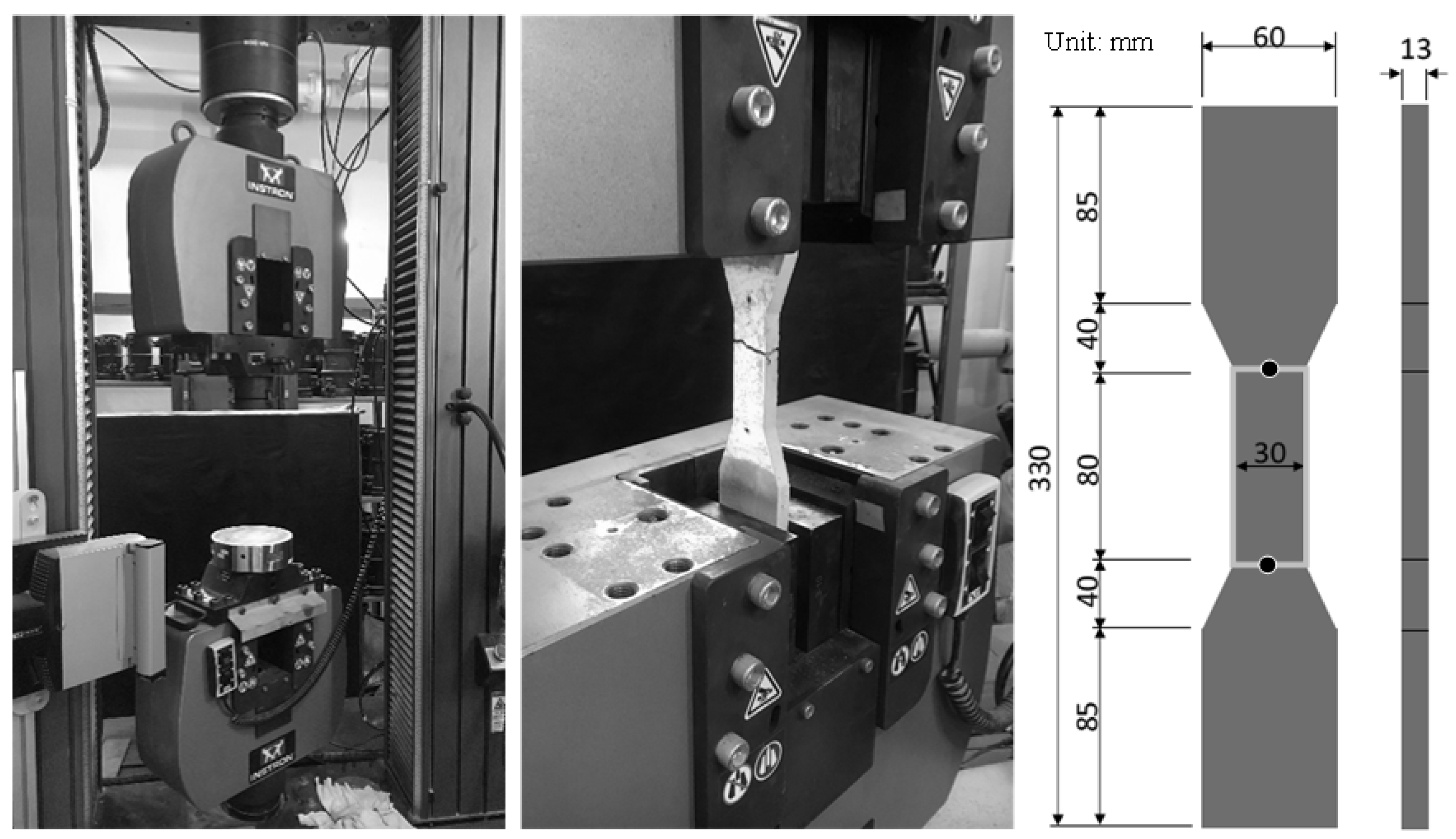

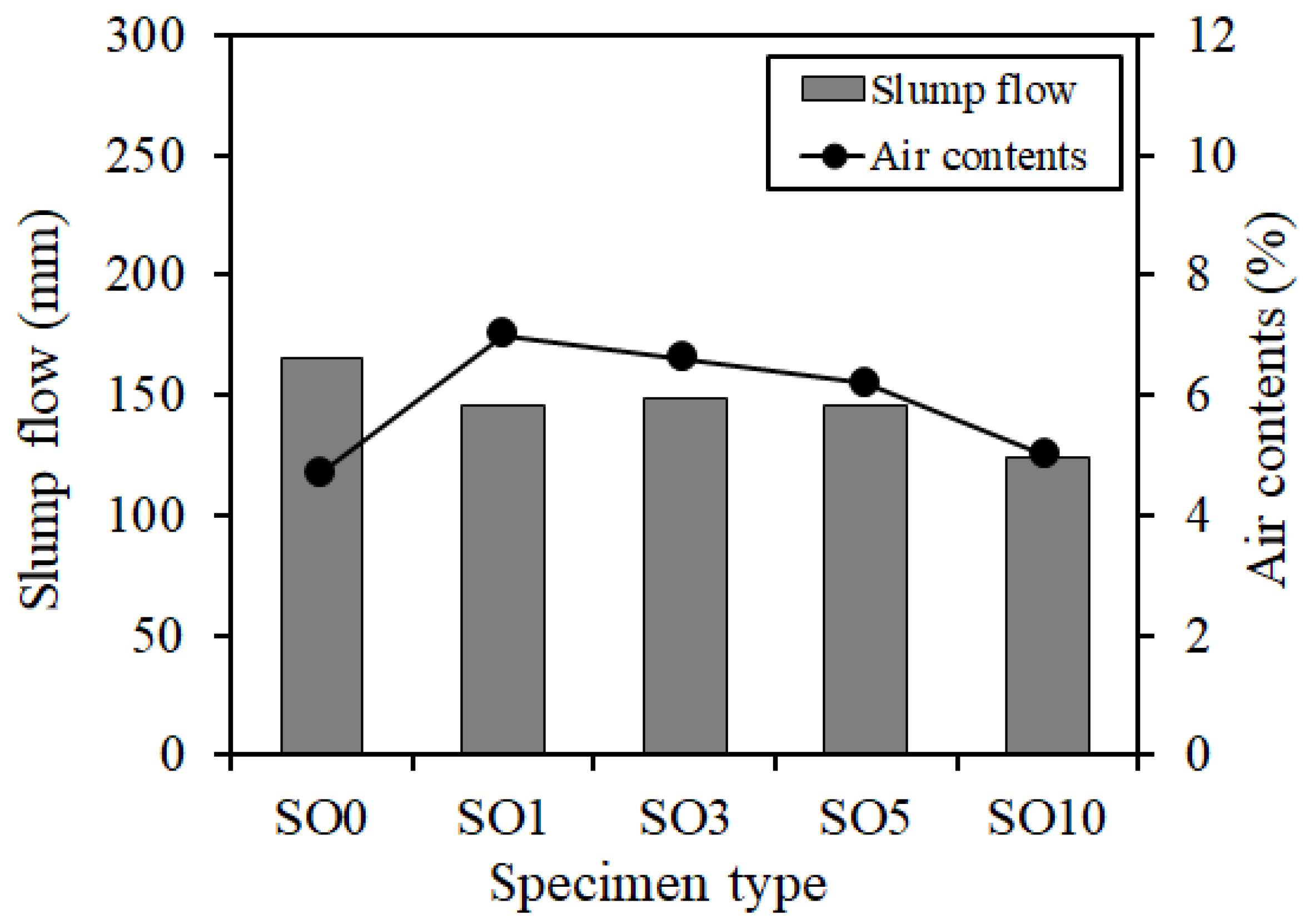


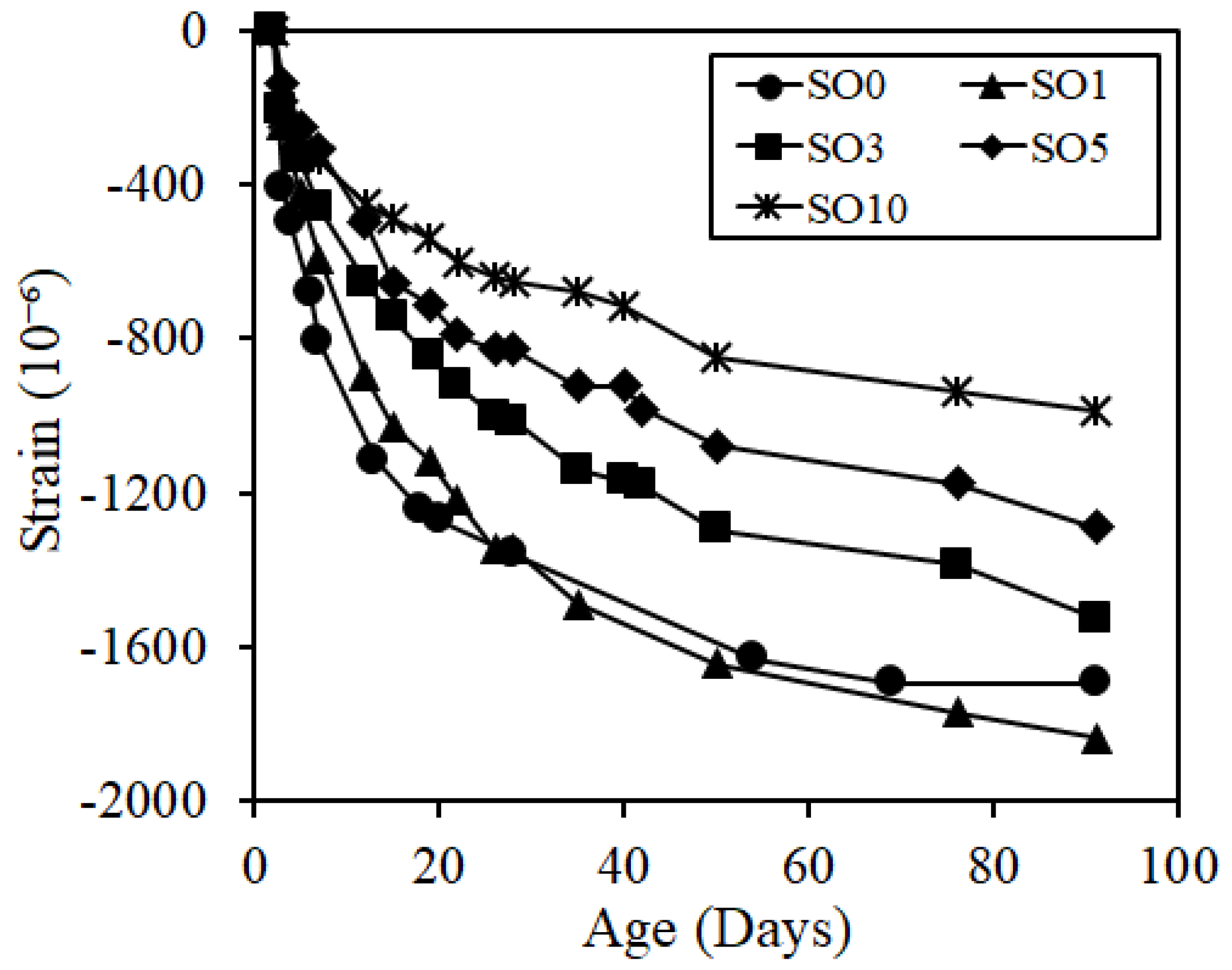
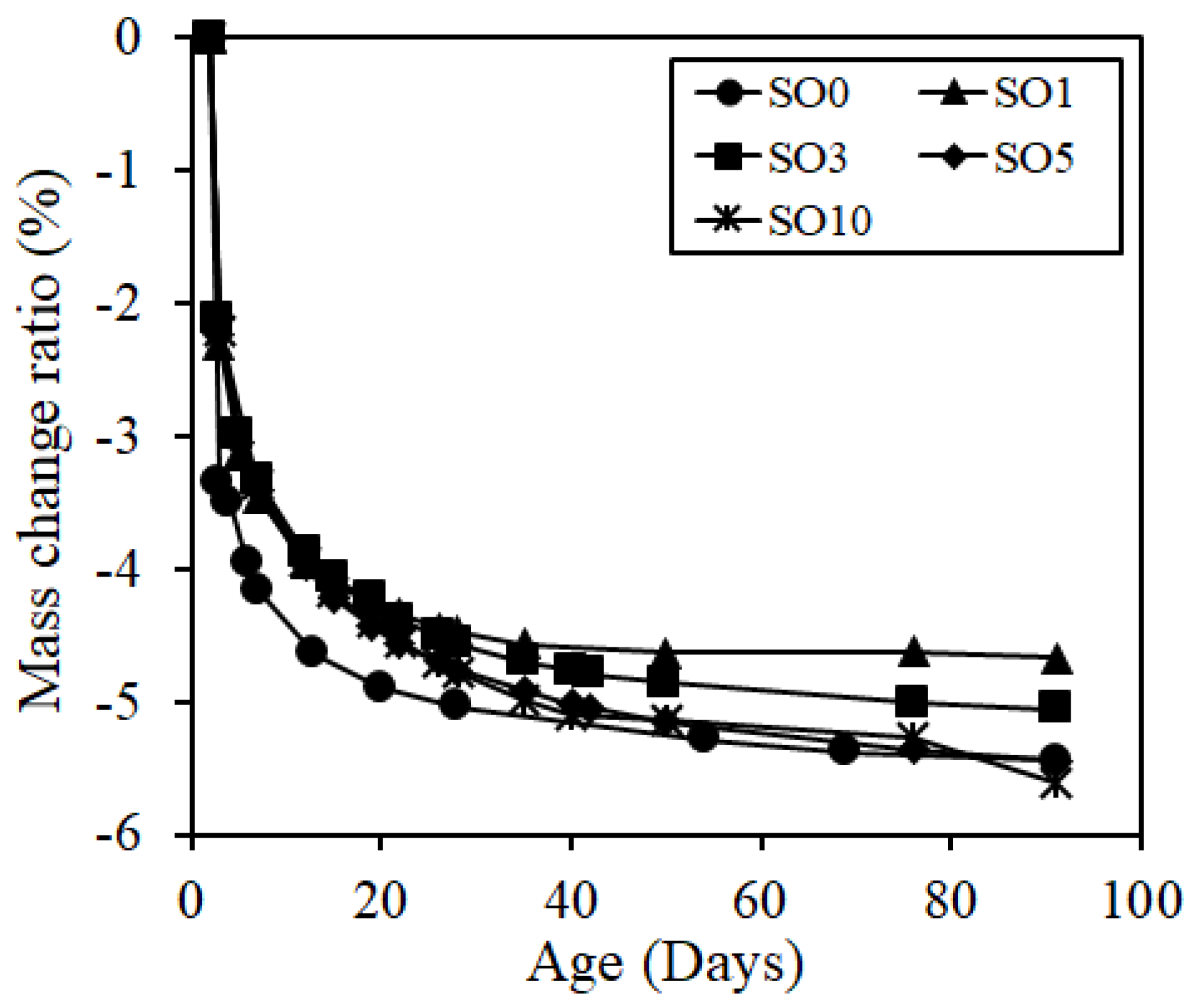








| Type | |
|---|---|
| Binder | Ordinary Portland cement (OPC), Density: 3.17 g/cm3 |
| Blast furnace slag (BFS), Blaine: 4000 cm2/g, Density: 2.89 g/cm3 | |
| Silica fume (SF), Density: 2.25 g/cm3 | |
| Expansive additive (E), Ettringite type, Density: 2.93 g/cm3 | |
| sand | Blast furnace slag sand, Density: 2.66 g/cm3, Grain size: 0.6~1.2mm |
| Admixture | Polymer (P), Acetic acid acrylic type, Density: 1.05 g/cm3 |
| Shrinkage reducing agent (SRA), Powder type nonionic mixture | |
| Antifoaming agent (AA), Poly ether type | |
| Air entraining agent (AE), Aliphatic alcohol type, Density: 1.04~1.08 g/cm3, Total alkali amount (%): 3.7 | |
| Water reducing agent (WRA), Poly carboxylic type | |
| Silicone oil (SO), Density: 0.96 g/cm3, Viscosity (25 °C): 20cst, Refractive index: 1.42 | |
| Fiber | Polypropylene (PP): Length: 6 mm, Diameter: 42.6 μm, Density: 0.91 g/cm3 |
| Binder | Specific Surface Area (g/cm3) | Density (g/cm3) | Chemical Composition (%) | |||||||
|---|---|---|---|---|---|---|---|---|---|---|
| SiO2 | Al2O3 | Fe2O3 | CaO | MgO | SO3 | f-CaO | Ig.loss | |||
| OPC | 3500 | 3.17 | 21.4 | 5.5 | 2.8 | 64.3 | 2.1 | 1.9 | 0.25 | 0.56 |
| BFS | 4000 | 2.89 | 34.0 | 14.4 | 0.83 | 43.3 | 6.5 | - | - | 0.1 |
| E | 3260 | 2.93 | 21.0 | 5.2 | 0.8 | 70.6 | - | 18.5 | 49.8 | 1.58 |
| SF | - | 2.25 | 96.50 | 0.46 | 0.13 | 0.37 | 0.37 | - | - | 1.83 |
| Series | Specimen | W/B | S/B | Fiber (Vol.%) | Binder (%) | Admixture (B × wt.%) | Curing Condition | Test Items | ||||||||
|---|---|---|---|---|---|---|---|---|---|---|---|---|---|---|---|---|
| OPC | BFS | SF | E | P | WRA | AA | AE | SO | SRA | |||||||
| I | SO0 | 36 | 1 | 0.5 | 60 | 35 | 5 | 0 | 2 | 0.07 | 0.18 | 0.5 | 0 | 0 | 20 °C, 60% RH | Slump flow. Air contents. Compressive strength. Tensile strength. Cure shrinkage. Carbonation. Freeze-thaw test |
| SO1 | 1 | |||||||||||||||
| SO3 | 3 | |||||||||||||||
| SO5 | 5 | |||||||||||||||
| SO10 | 10 | |||||||||||||||
| II | ES | 36 | 1 | 0.5 | 52 | 35 | 5 | 8 | 2 | 0.07 | 0.18 | 0.5 | 0 | 4 | 20 °C, 60% RH | Slump flow. Air contents. Compressive strength. Cure shrinkage. Expansion rate |
| ES1/2-SO3 | 56 | 4 | 3 | 2 | ||||||||||||
| E-SO3 | 52 | 8 | 0 | |||||||||||||
| S-SO3 | 60 | 0 | 4 | |||||||||||||
| Type | SO0 | SO10 |
|---|---|---|
| Shape of surface | 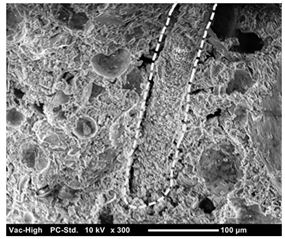 |  |
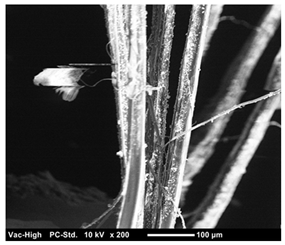 | 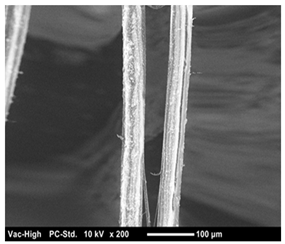 |
| Type | SO0 | SO1 | S03 | S05 |
|---|---|---|---|---|
| 4 weeks | 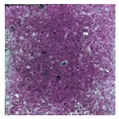 |  | 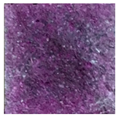 | 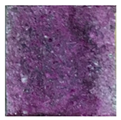 |
| 8 weeks | 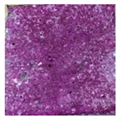 | 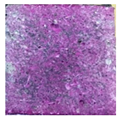 | 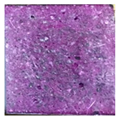 | 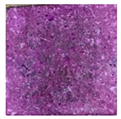 |
© 2019 by the authors. Licensee MDPI, Basel, Switzerland. This article is an open access article distributed under the terms and conditions of the Creative Commons Attribution (CC BY) license (http://creativecommons.org/licenses/by/4.0/).
Share and Cite
Choi, H.; Choi, H.; Lee, B.; Lee, D.-E. Shrinkage and Durability Evaluation of Environmental Load-Reducing FRPCM by Using Silicone Oil. Materials 2019, 12, 1240. https://doi.org/10.3390/ma12081240
Choi H, Choi H, Lee B, Lee D-E. Shrinkage and Durability Evaluation of Environmental Load-Reducing FRPCM by Using Silicone Oil. Materials. 2019; 12(8):1240. https://doi.org/10.3390/ma12081240
Chicago/Turabian StyleChoi, Hyeonggil, Heesup Choi, Bokyeong Lee, and Dong-Eun Lee. 2019. "Shrinkage and Durability Evaluation of Environmental Load-Reducing FRPCM by Using Silicone Oil" Materials 12, no. 8: 1240. https://doi.org/10.3390/ma12081240






